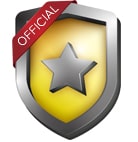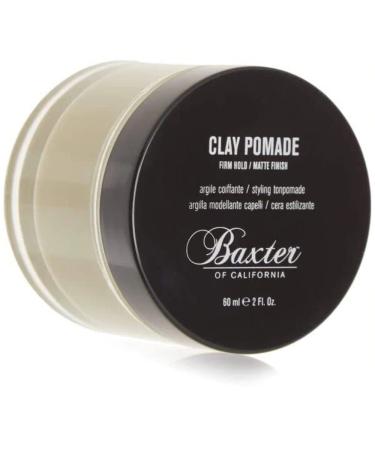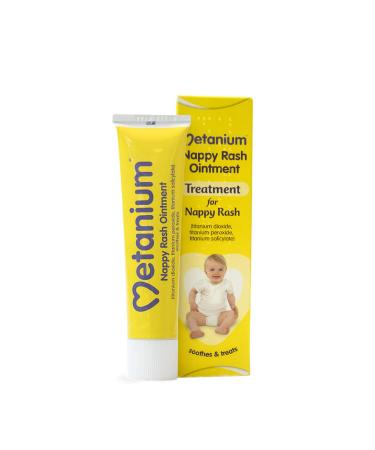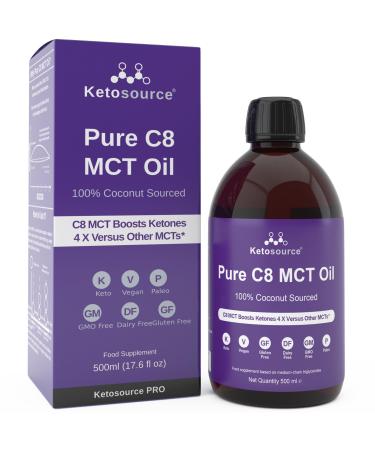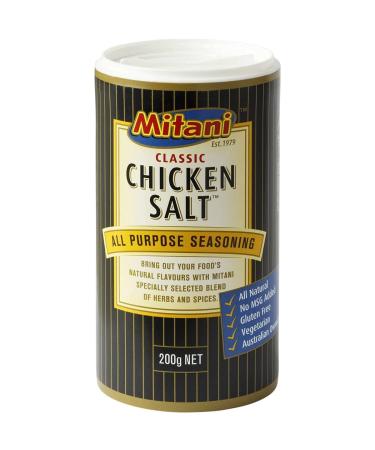?Rehabilitation Gloves Orthoses Stroke Hand Splint Assistive Gloves Training Equipment Minimize Spasticity ?Features ? Patients with assistive functions can rebuild hand functions through exercise, and then restore the self-care ability of daily life. ? Polymer soft gloves, a variety of flexible polymer materials, three-dimensional cutting, suitable for human hand, flexible air hand drive, simple and convenient. ? Small and convenient design, wearable, independent operation and maintenance. ? Easy to operate, simple and efficient rotation control. ?Application of robotic rehabilitation gloves. ?Crush injuries and other hand injuries. ?Torn tendons and or ligaments and other tendon injuries. ?Peripheral nerve and other neurological disorders. ?Fractures and dislocations. ?Arthritis or tendonitis ?Carpal tunnel syndrome ?Post-stroke rehabilitation, etc. ?Specification ?Product name: Finger rehabilitation massage training equipment for stroke hemiplegia. ?Weight: 3kg ?Function: Finger rehabilitation training, contracture stiffness correction, wrist joint correction ?Mode: mode display, training timing, battery display, gear display ?Packing list Host 1 Rehabilitation robot gloves 1 Mirror glove 1?Applicable People?:Suitable for hemiplegic patients with dysfunction, wrist and finger training, improve muscle strength and increase the range of joint motion of joints. Can prevention and correction of contracture stiffness. effectively relieves hand fatigue, stiff finger joints and pain. ?Multiple Modes?: Multiple modes required for rehabilitation training, single finger training mode, passive mode and mirror mode, so that well-trained hands can learn the movements of other hands. You can adjust the intensity according to your specific situation, no matter how much intensity you can adjust, within a safe range, don't worry about the intensity. ?Helps in self-repair ?: Finger orthosis the simultaneous movement of both hands can activate mirror neurons, copy normal nerve pathways from the hands to the affected area, and promote autonomic recovery of the brain. Patients with assistive functions can reconstruct hand function through exercise, thereby restoring the ability to take care of themselves in daily life. ?Helps self-healing?: Simultaneous movement of both hands can activate mirror neurons, copy the normal neural pathways from the hand to the affected area, and promote the recovery of the brain's autonomic nerves. Patients with assistive functions can restore hand function through exercise, thereby restoring the ability to take care of themselves in daily life. ?Helps to gradually restore brain motor nerves?: Rehabilitation Robot speed up the recovery process of hand function, help users to relearn the brain nerves, speed up the recovery of brain tonic nerve damage, and achieve the patient's self-care ability from the face.
